In the context of the Government issuing Resolution No. 226/NQ-CP on tourism development to 2025, with a vision to 2030, the Vietnamese tourism industry is facing the need to synchronously deploy solutions to create new breakthroughs. The goal by the end of 2025 is for the whole country to strive to welcome at least 25 million international visitors, 150 million domestic visitors, with total tourism revenue reaching about 1.8 million billion VND, contributing 12-14% of GDP.
This is a significant increase compared to the previous Resolution 25/NQ-CP, which only set a target of welcoming 22-23 million international visitors and 120-130 million domestic visitors. Thus, Resolution 226/NQ-CP has increased the target by 2-3 million international visitors and 20 million domestic visitors, demonstrating the Government's great determination to make tourism a spearhead economic sector.
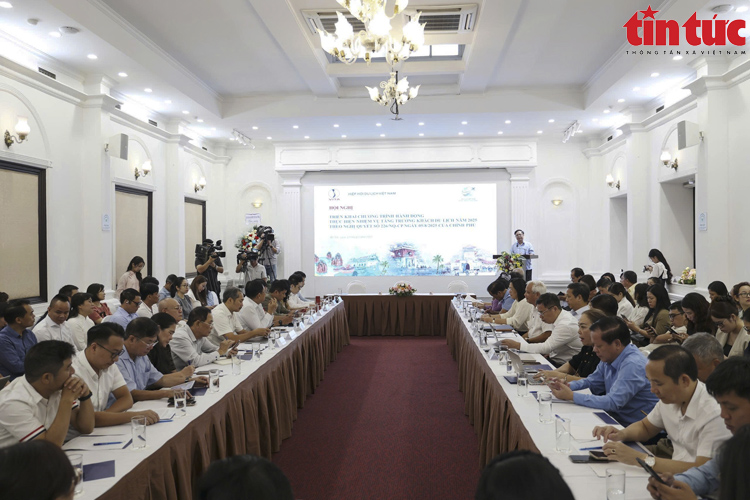
According to the Ministry of Culture, Sports and Tourism, in the first 8 months of 2025, the tourism industry welcomed and served nearly 14 million international visitors, reaching 56% of the target of 25 million, up 21.7% over the same period in 2024; domestic tourists are estimated at 106 million, reaching 70.6% of the target of 150 million. This result shows that the industry is on the right track, but to reach the finish line, the last months of the year require outstanding efforts. Notably, the United Nations Tourism Organization (UN Tourism) assessed Vietnam as the country with the fastest growth rate in the number of visitors in the world in the first 6 months of 2025. This is a positive signal, but also puts great pressure on maintaining a sustainable and stable growth rate.
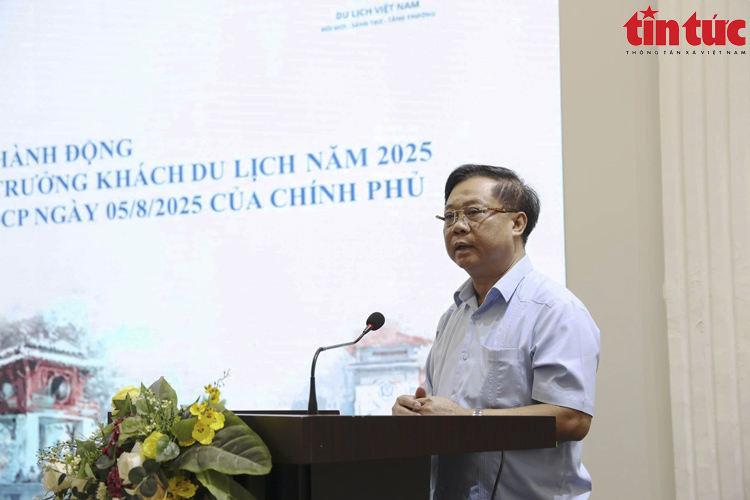
To achieve the target, the Government has directed the tourism industry to focus on many key tasks: Synchronously deploy solutions to attract international and domestic visitors; improve the quality of products, services and experiences; strengthen market inspection and management, especially in key tourist areas to control accommodation and food prices, ensure food hygiene and safety; promote regional and industry linkages in tourism product development; link tourism with the consumption of OCOP products and local specialties. These solutions not only aim to increase the number of visitors but also aim to increase the average spending level and extend the length of stay of visitors.
In the context of fierce competition between countries in the region, innovation in tourism promotion methods is identified as a key step. Many tourism experts emphasize that units need to take full advantage of digital technology, social networks and artificial intelligence to promote the image of Vietnam as a destination directly, quickly and widely. Mr. Pham Van Thuy, Deputy, said: "Digital technology is opening up many opportunities for Vietnamese tourism to access the global market more quickly and effectively. We need to take advantage of online platforms, especially social networks, to make Vietnam's image the top choice of international tourists."
Along with digital media, product diversification and the development of new types are also considered key. In particular, culinary tourism is considered to have the potential to become a "golden brand" of Vietnam. Traditional dishes such as pho, bun cha, and nem ran are already famous worldwide, but if they are built into specialized tourism products, combined with international festivals and events, they will certainly create a strong attraction. At the same time, the trend of green tourism, tourism associated with nature conservation and minimizing environmental impact is also increasingly prioritized, meeting the new needs of tourists for sustainability and responsibility.
Tourism promotion and advertising activities in recent times have shown clear effectiveness. Famtrip and presstrip programs have been organized continuously, bringing international business delegations and journalists to experience Vietnamese destinations, thereby creating a source of realistic and vivid promotional information. In addition, tourism festivals in Hanoi, Hue, Da Nang, Ho Chi Minh City and many other localities have become annual branded events, attracting a large number of international and domestic visitors, contributing to enhancing the image of Vietnamese destinations on the world tourism map.
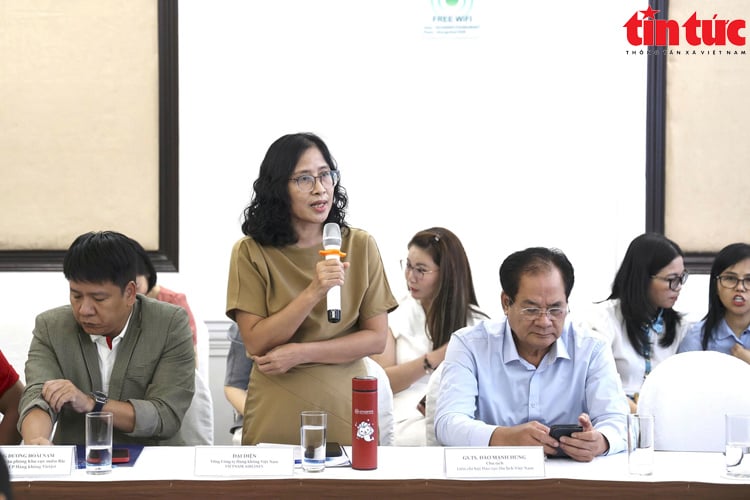
Mr. Vu The Binh, Chairman of the Vietnam Tourism Association, emphasized: “To achieve the goals of Resolution 226, the most important thing is that we must have unique and different products. Tourism is not just about sightseeing and relaxation, but must bring experiences associated with culture, history and the lives of local people. Only then will tourists have a reason to return and introduce Vietnam to international friends.”
Since the beginning of 2025, the Ministry of Culture, Sports and Tourism and the Vietnam National Administration of Tourism have proactively advised and proposed many important policies to remove difficulties and create favorable conditions for tourism development. These include Resolution No. 11/NQ-CP on solutions to support businesses, promote, advertise and expand international markets. Along with that, improving the business environment, simplifying immigration procedures, and expanding visa exemptions for potential markets have also been strongly promoted. These are key factors helping Vietnam increase its competitiveness compared to other destinations in the region.
It is expected that in the last months of 2025, the tourism industry will continue to promote in key markets in Northeast Asia, Europe, North America and Southeast Asia, while focusing on organizing large-scale domestic tourism events, including the Vietnam Tourism Forum 2025 in Hanoi. This event is expected to become a place to connect, share solutions, attract investment and expand international cooperation, thereby realizing the goal of bringing Vietnamese tourism to the regional and world level.
Source: https://baotintuc.vn/du-lich/trien-khai-dong-bo-giai-phap-tao-dot-pha-cho-du-lich-viet-nam-cuoi-nam-2025-20250918161352677.htm






![[Photo] Binh Trieu 1 Bridge has been completed, raised by 1.1m, and will open to traffic at the end of November.](https://vphoto.vietnam.vn/thumb/1200x675/vietnam/resource/IMAGE/2025/10/2/a6549e2a3b5848a1ba76a1ded6141fae)

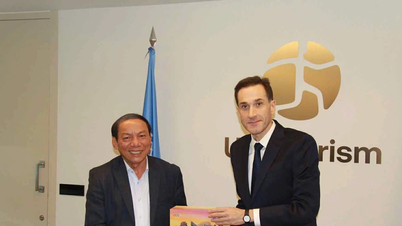





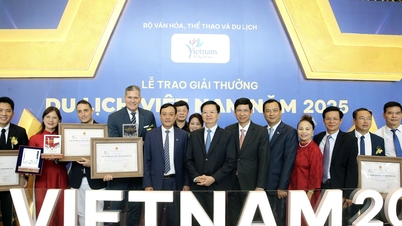




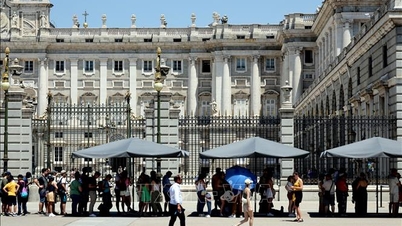




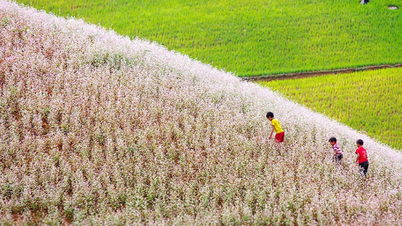
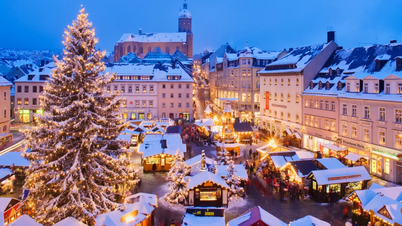




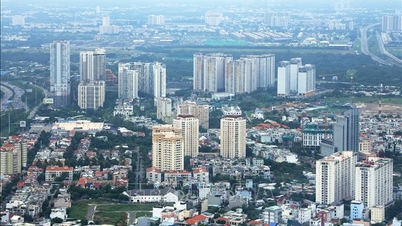
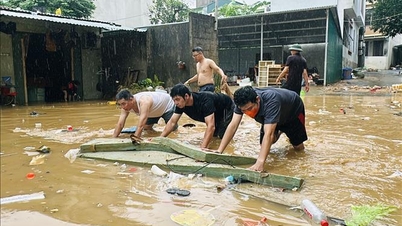
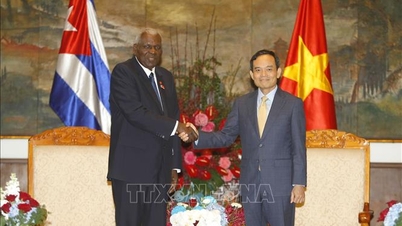
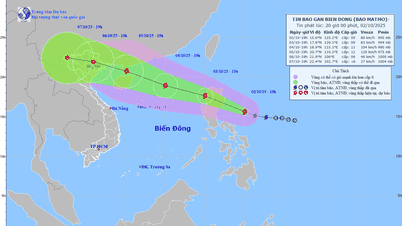
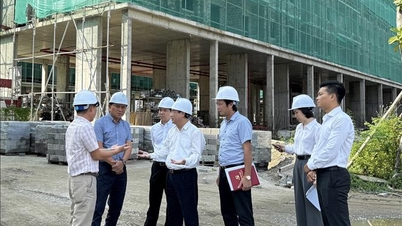











































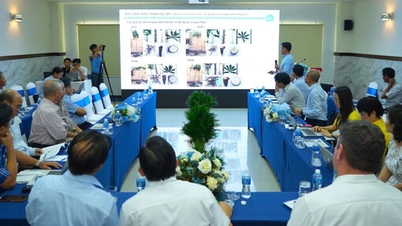

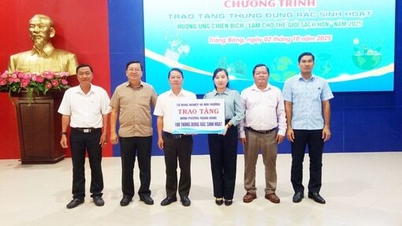
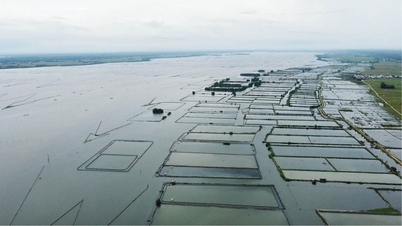

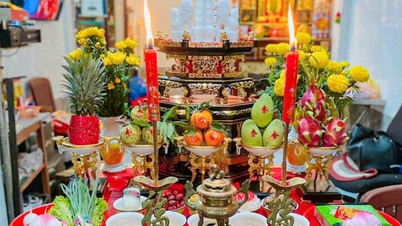

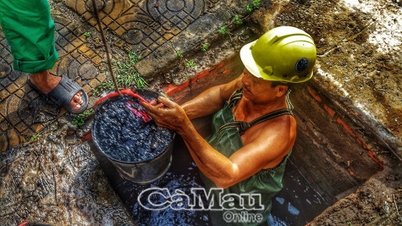
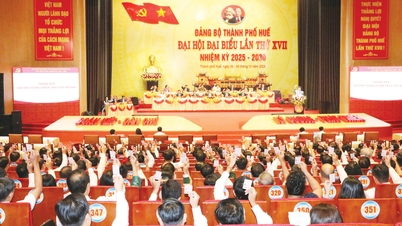













Comment (0)